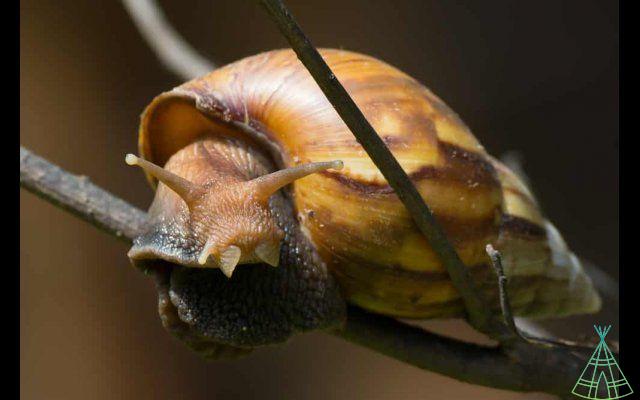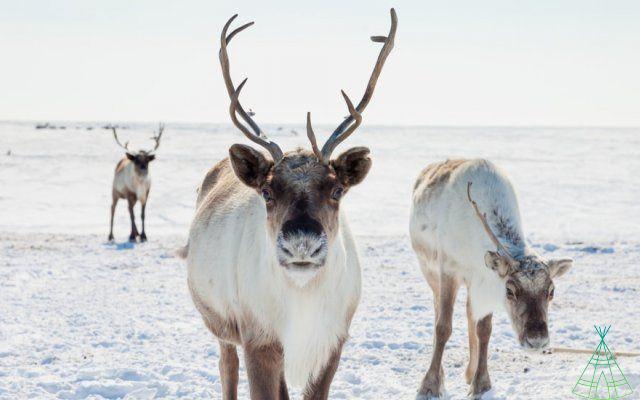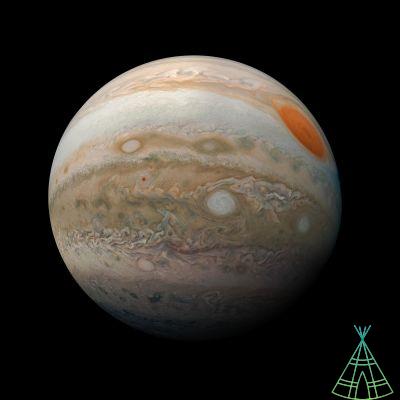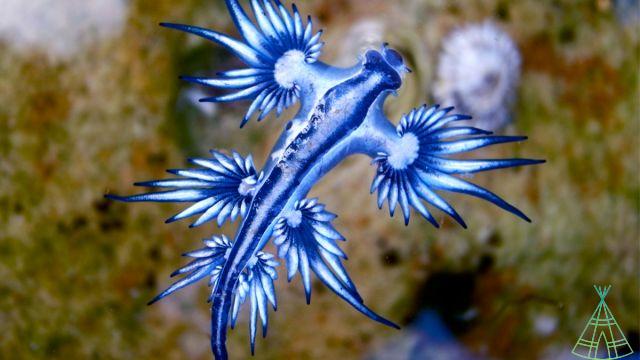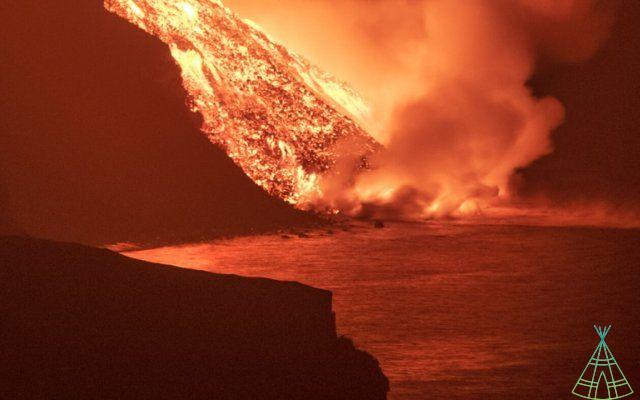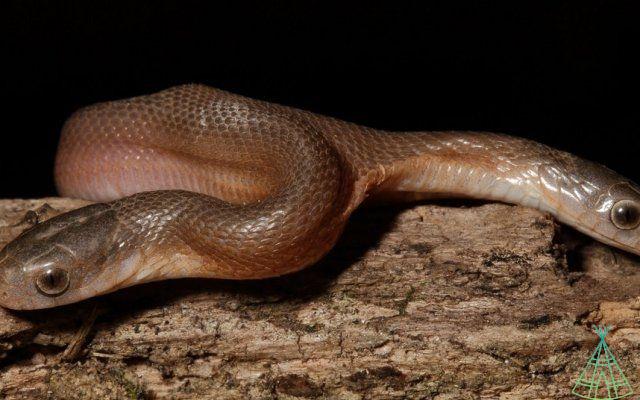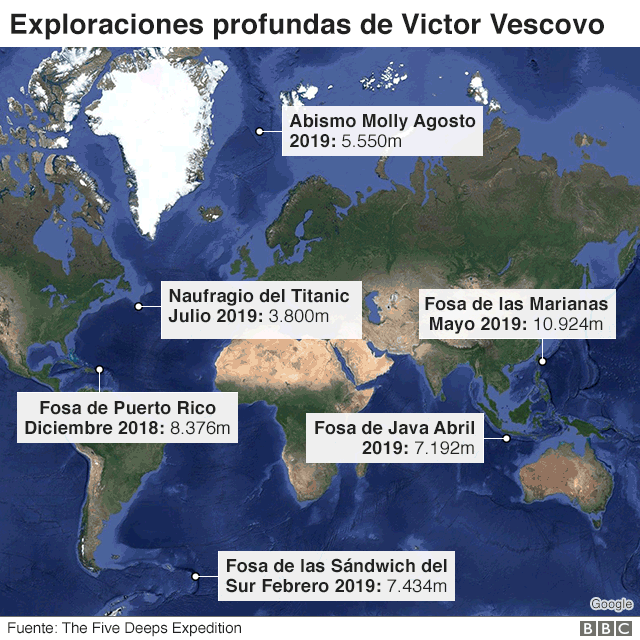What is the largest living being in the world? Chances are you thought of the blue whale or another giant animal. But the answer “it depends”. If we only consider the extension, a species of fungus that weighs more than 605 tons and occupies an area of more than 1.000 hectares owns the title. But weighing almost ten times more than this mushroom colony is Pando: a tree that looks like an entire forest – and it is. Confused?
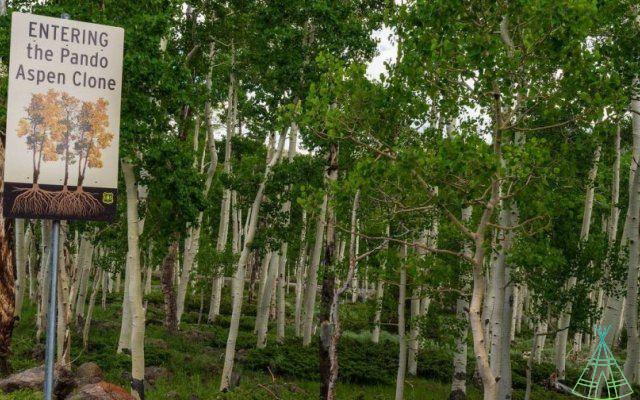
The explanation is: in the mountains of Utah, in the west of the USA, there is an immense grove of trembling poplars (trees with small leaves and thick whitish stems, known as Aspen, which sway in the wind). It turns out that, in fact, that world of 47 trunks, which extends over almost 43 hectares, is a single tree.
Underground, a single root system connects all these bodies, which are branches of a single organism. Each of these stems are genetically identical clones of the same male aspen. And the name Pando is perfect for this complex and wonderful work of nature, as it means “I spread out” in Latin.
According to The Conversation website, poplars tend to form clonal stands elsewhere, but none of them come close to the size of Pando. Most occupy areas that, on average, do not even come close to two hectares, that is, more than 20 times smaller than the “quivering giant of Utah”.
Deer and moose are devouring the biggest living thing in the world
This “one-tree forest” supports an entire ecosystem on which 68 species of plants and animals have depended for nearly 80 years. To continue sheltering all this biodiversity under its shadow, their trunks must remain alive, healthy and erect.
However, although Pando is protected by the US National Forest Service and cannot be felled, it is at risk of disappearing due to several other factors. And among them are the deer and moose – who find there a safe place to protect themselves from hunters.
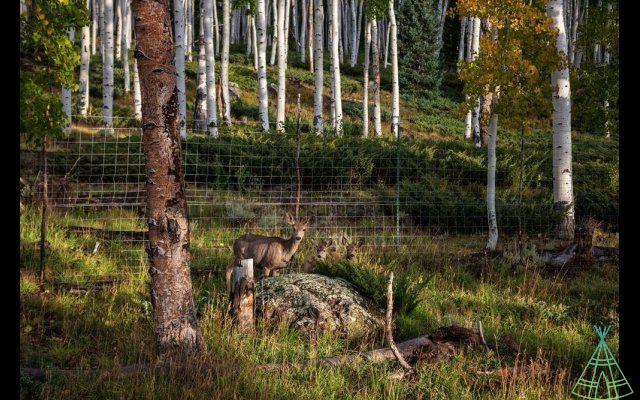
Wolves and cougars used to control the population of these deer, but herds are now much larger due to the loss of these predators.
Read more:
- The world's largest iceberg may roam the ocean for years before it melts
- Largest flower in the world smells like rotting meat and is a hit with tourists
- Largest bony fish in the world is found in Fortaleza
As older trunks die or fall, light hits the forest floor, which stimulates the growth of new clonal trunks, and this mechanism ensures Pando's long-lasting survival. It turns out that when elk and deer on the tops of newly formed trunks, they do not develop and die. This means that in large swathes of Pando there is little new growth.
The exception is an area that was fenced off a few decades ago to remove dying branches. This fenced area, which excluded moose and deer, saw the successful regeneration of new clonal stems.
Pando suffers from disease and struggles to survive climate change
Pando is also struggling with older stems, which are affected by at least three diseases: sooty bark ulcers, leaf spots and fungal carpal disease.
While swaying aspens can live with these diseases for hundreds of years, it's unclear what the long-term effect on the ecosystem might be as there's a lack of new growth and an ever-growing list of other pressures on the clonal behemoth.
Among these pressures, of course, is climate change. Pando emerged after the end of the last ice age and has been experiencing fairly stable weather ever since. The he inhabits an alpine region surrounded by desert, it is no stranger to high temperatures or drought. But, the effects of climate change threaten the size and lifespan of the tree, as well as that of the entire ecosystem it hosts.
the reduction in water supply caused by the change in rainfall cycles, in addition to the warmer weather at the beginning of the year, makes it more difficult for Pando stems to form new leaves. This has led to notable drops in coverage.
Increasingly scarce water resources indicate that temperatures are likely to continue to rise to record levels in the summer, raising the threat of more intense forest fires. Certainly, Pando may find it difficult to adjust to these rapidly changing conditions while maintaining his size.
However, one of its main characteristics cannot be denied: resilience. The giant has survived other scenarios of rapid environmental changes, especially when European settlers started to inhabit the area in the 19th century, or after the emergence of recreational activities in the 20th century.
It has also dealt with disease, wildfire and grazing before and remains the largest scientifically documented organism in the world.
So despite all the reasons for concern, there is still hope. As scientists try to unlock the secrets of Pando's resilience, conservation groups and the US Forest Service work to protect the immense tree and all its associated ecosystem.
Have you watched our new videos on YouTube? Subscribe to our channel!




